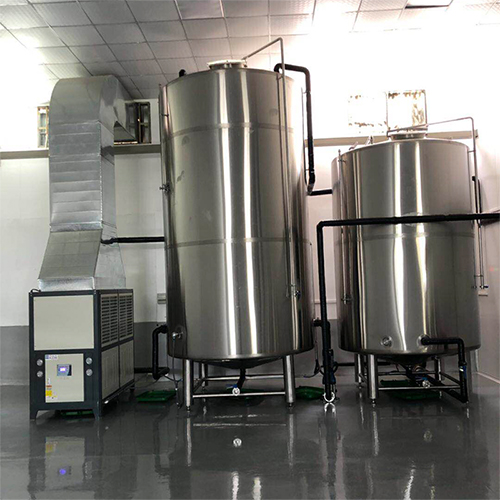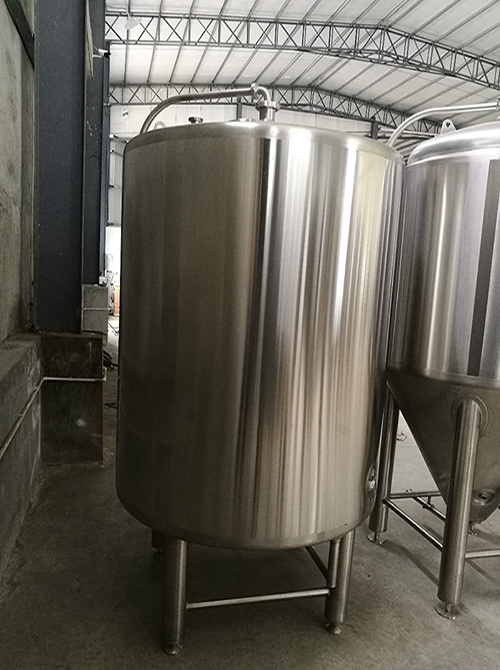By comparison, the 3-3/8-inch high-power DOE small borehole motor has an output of 73 hp (horsepower), while the conventional oilfield motor has an output of only 28 hp. When used in a rig that is capable of delivering higher cycle pressures to such motors, this high power output can increase the rate of penetration by two to three times.
In the development of drill bits, in order to enable the TSP teeth to work at higher temperatures, the cobalt binder in the material is removed, so that the wear resistance of the teeth is 7 times that of the PDC teeth. The main limitation of TSP teeth is their small size and the inability to achieve high rate of penetration in softer formations like PDC teeth. To overcome this problem, a hybrid drill bit using both PDC and TSP teeth is used. PDC teeth are arranged in rows on such a drill bit to enable high speed drilling in a soft formation, while TSP teeth are simultaneously arranged in rows at the rear of the PDC teeth for drilling into a hard interlayer that would normally damage the PDC teeth.
Two field trials of high power small borehole motors and drill bits were conducted at the GRI Catoosa test site in Oklahoma, USA. The first "experimental" test identified some weaknesses in the structure of the new device, while the second test compared the drilling speed of conventional and DOE motors.
The Catoosa test site is an ideal location for testing downhole equipment in on-site drilling conditions because its subsurface geology provides a variety of geological conditions, including soft and hard formations. Through sonic logging, it is found that the compressive strength of these formations ranges from 5,000 to 30,000 Psi.
In the first test, the new DOE small borehole motor drilled from 623 feet to 1380 feet deep in low-strength formations at a mechanical penetration rate of 100-175 fph (feet/hour). At 1380 feet, the driller encountered Mississippi. For charcoal rock, the mechanical penetration rate drops rapidly to 1 foot per hour. The Mississippi Carboniferous, otherwise known as the "wall", is an excellent interval for testing PDC bits because PDC bits typically cause severe damage in such formations.
After the test, the DOE motor was disassembled and its wear was checked. Inspections revealed some signs of rubber wear in the lower part of the motor stator because the titanium flexible shaft exerted an excessive lateral load on the stator, a result of rigidity. Therefore, the damaged stator was repaired in the second test and the outer diameter of the flexible shaft was reduced to make it more flexible.
The second field trial at the Catoosa test site compared the drilling speeds of DOE motors and conventional motors in a medium hard Arbuckle dolomite formation with a depth of 1605 to 2920 feet between two DOE small borehole motor tests. A test was performed on a conventional motor. The 800-foot interval in the upper part of the formation is very uniform, providing an excellent standard for comparing different drilling units. The DOE motor drilled at a speed of 48 ft/hr while the conventional motor had a ROP of only 23 ft/hr. In the first DOE motor test, the driller applied a variety of different weight-on-bits and encountered a hard interlayer similar in compressive strength to the aforementioned "wall" near the end of the test.
The second test with a DOE motor also proved that the new motor can work at almost twice the weight of a conventional motor, which is the result of a high-power motor with high torque output. Over 70 feet per hour of ROP. The DOE motor will also drill faster if a bypass nozzle is used and the flow is increased to improve wellbore cleaning.
It has been found through experiments that the DOE device is easy to operate due to its high torque and high power output. This kind of motor will only cause stall when the drilling pressure is too high, and even if the stall occurs (only in rare cases), the driller can restart it only by slightly reducing the drilling pressure. Without having to lift it off the bottom of the well, it saves a lot of time.
After the test, two DOE high-power motors were disassembled and tested, and no significant wear of the rotor or stator was observed. Two double-length stators were inspected with a visible optical bore detector and found to be in good condition, with a slight wear point on the top of a stator and a wear scar on the rotor. Correspondingly, this means that there is a piece of cuttings that damages the rotor and the stator. In a later test, a downhole screen will be used to prevent cuttings and other debris from entering the motor.
The accompanying tanks in a brewery include stainless steel brew water plant tanks, hot water tanks, Cold Water Tank, Glycol Tank, automatic CIP chemical tanks.
You don't have to install all accompanying tanks, as to the capacity of your brewery and brew cycle everyday, you could have reasonable options.
All tanks are equipped with necessary fittings, pipes and connectors.
The size and volume are designed accoring to the brewhouse and brewery demands.
For example,
Cold water and Glycol tank


Brewery Accompanying Tanks
Cold Water Storage Tanks,Stainless Steel Tanks For Brewing,Beer Serving Tanks,Brewery Accompanying Tanks
Dongguan Deao Food Equipment Co.,Ltd , https://www.craftbrewtech.com